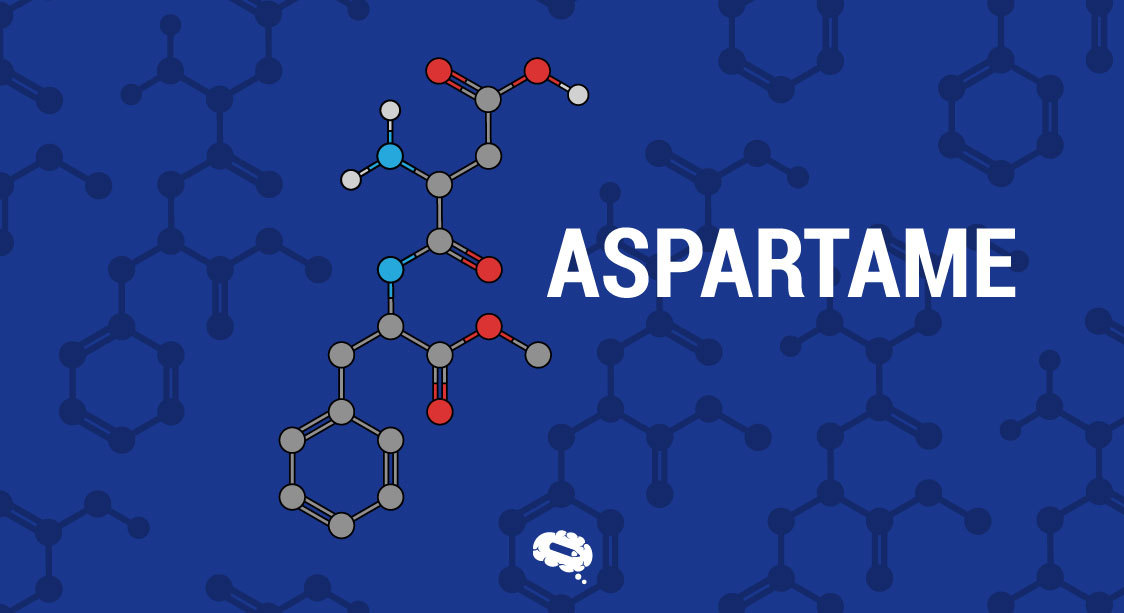Whether we recognize it or not, mainstream medicine has an impact on almost everyone’s life. It is the branch of medicine to which most people turn when they are ill, and it dominates the healthcare scene in numerous countries around the globe. But, what precisely is mainstream medicine, and how did it come to dominate our healthcare systems?
In this article, we’ll examine what mainstream medicine is, its efficacy, and its safety, as well as what lies ahead for this important field. This article will provide you with useful insights and a better grasp of this vital aspect of the healthcare system, whether you are a patient, a healthcare practitioner, or merely someone with an interest in the future of medicine.
What is mainstream medicine?
Mainstream medicine, also known as traditional medicine or Western medicine, refers to the healthcare system prevalent in the United States and other Western nations. It is scientifically oriented and employs treatments based on evidence that has been thoroughly tried and proven successful through clinical studies and other research methods.
Licensed medical physicians (MDs) and other healthcare workers who have completed intensive education and training in medical institutions and residency programs generally practice mainstream medicine. It includes many disciplines, such as general care, surgery, heart, oncology, psychology, and many more.
The use of pharmaceutical medications, surgery, radiation, and other traditional therapies to identify and cure medical problems is one of the most important aspects of mainstream medicine. It also emphasizes preventive treatment, such as routine check-ups, screenings, and vaccinations.
While mainstream medicine is the prevalent form of healthcare in numerous regions around the globe, it is not the only option. There are numerous additional healthcare systems, such as traditional Chinese medicine, Ayurveda, and homeopathy, that provide different methods of healthcare.
What are the differences between mainstream medicine vs. complementary and alternative medicine?
Mainstream medicine is founded on science and employs treatments based on evidence that has been thoroughly tried and proven successful through clinical studies and other research methods.
Complementary and alternative medicine, on the other hand, refers to a broad variety of healthcare practices and treatments that lie outside of the purview of mainstream medicine. Acupuncture, chiropractors, herbal therapy, homeopathy, meditation, and other complementary therapies are examples.
Types of mainstream medicine
- Primary care: Primary care doctors provide regular medical care such as check-ups, screenings, and vaccinations, as well as diagnosis and treatment of a wide range of prevalent medical problems.
- Surgery: Surgeons treat an extensive range of medical conditions, from appendicitis to cancer, using a variety of methods, including relatively invasive procedures.
- Cardiology: Cardiology is the identification and treatment of heart and cardiovascular diseases such as heart illness, heart attacks, and arrhythmias.
- Oncology: Oncology is the diagnosis and treatment of cancer, including chemotherapy, radiation therapy, and other types of cancer care.
- Obstetrics and gynecology: Obstetricians and gynecologists care for women’s reproductive health, including pregnancy and postpartum treatment.
Types of complementary and alternative medicine
- Acupuncture: Acupuncture is a traditional Chinese medicine technique in which tiny needles are inserted into the epidermis at specific spots on the body to promote recovery.
- Chiropractic: Chiropractors help alleviate discomfort and enhance mobility by manipulating the spine and other joints with their hands.
- Mind-body therapies: Mind-body therapies, such as meditation, yoga, and tai chi, are techniques that emphasize the connection between the mind and body in order to foster health and well-being.
- Homeopathy: Homeopathy is a technique in which highly diluted substances are used to activate the body’s natural healing processes.
- Naturopathy: Naturopathic physicians encourage health and recovery through a variety of natural treatments such as herbal medication, diet, and changes in lifestyle.
What is the efficacy of mainstream medicine?
Mainstream medicine has been effective in treating and controlling a broad variety of medical conditions, from infectious diseases to chronic illnesses like diabetes and heart disease. Medical technology advancements, such as diagnostic imaging and minimally invasive surgical methods, have additionally significantly enhanced the efficacy and safety of many medical treatments.
However, mainstream medicine’s efficacy is not absolute, and there are constraints and obstacles to its effectiveness. Some medical conditions, for example, certain types of cancer, can be challenging to cure or may not react well to existing treatments. Furthermore, many treatments have potential adverse effects and dangers that must be carefully evaluated against the potential benefits.
Mainstream medicine has undergone intensive research, testing, and regulation, and it has been shown to be effective in treating and managing a broad variety of medical conditions. Complementary or alternative medicines, on the other hand, frequently lack the same degree of empirical proof and regulation, making evaluation of their efficacy more difficult.
Overall, mainstream medicine is the most trustworthy and evidence-based method of healthcare, but incorporating complementary or alternative medicine techniques with mainstream medicine may have some advantages in some instances.
Understand the safety of mainstream medicine
In mainstream medicine, safety is a crucial factor, and extensive steps are taken to guarantee the safety of medical treatments and functioning. Before an innovative treatment or drug can be used, it must go through extensive testing in clinical studies to ensure its safety and effectiveness.
Following the approval of a treatment or medication, ongoing monitoring is carried out to identify and resolve any possible safety concerns. This can include post-treatment surveillance, which tracks and evaluates adverse events to decide whether modifications or improvements to the treatment are required.
Furthermore, healthcare workers are taught how to use medical treatments and procedures securely while minimizing the risk of complications. They also adhere to stringent guidelines to prevent the spread of illness and ensure the safety of patients during procedures.
Transform your lectures, meetings and classes into high-impact visual experiences
With Mind the Graph, you can create custom illustrations and graphs that are tailored to your specific needs, or you can choose from a library of pre-made templates to quickly create professional-looking visuals that enhance your communication and improve engagement.

Subscribe to our newsletter
Exclusive high quality content about effective visual
communication in science.




